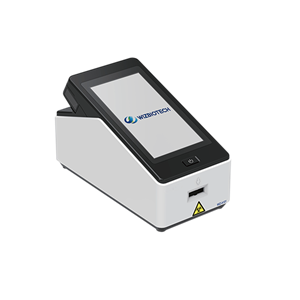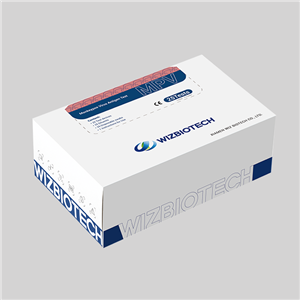The difference of application of different biological materials in drug detection
1. Blood test material
Blood is a more commonly used test material, because the blood contains a higher concentration of drugs and metabolites, blood should be a more ideal test material. However, the current use of blood as a test material carries certain risks. Since many drug users are carriers of infectious diseases and may transmit them, blood collection poses a certain danger to operators. Therefore, the blood test material is not suitable for rapid field testing. Traditional blood tests require a trip to a hospital to have blood drawn and undergo complex procedures, which has a certain impact on rapid testing.
2. Urine test material
Urine drug detection is an important clinical tool for monitoring drug compliance and patient stability, and it is the most widely used biological test material for rapid drug detection.Since most drugs are excreted in the urine, the urine contains a higher concentration of drugs and metabolites, and it is safer for the operator to collect urine samples; Since there is no harm to the examinee, the examinee is more willing to accept it, and the urine itself is a liquid, so the pre-processing of the sample test is relatively simple. Therefore, at present, in the field screening of drug users and the determination of drugs in the body, most of the urine test materials are selected. However, urine test materials also have shortcomings, mainly reflected in the urine drug detection due to the influence of human metabolic factors, there will be a problem of detection time, there are certain loopholes for drug rehabilitation monitoring work.
3. Hair test material
In recent years, the technology of drug detection in hair is a research hotspot, and there are many portable hair detection devices entering the market. After entering the human body, drugs will remain in the hair with the blood circulation, and the growth of hair is regular, so in judging the history of drug use, hair testing materials have their unique advantages. Compared with body fluid, hair is easy to obtain, stable in nature, easy to preserve and difficult to fake. However, the content of drugs and metabolites in hair is small, so it must be derivated to improve sensitivity or chromatographic behavior. At the same time, there are many endogenous impurities in hair, which requires the detection system to have high sensitivity and high characteristics.
4. Saliva test material
In the mid-1960s, studies reported that drugs could permeate saliva through the blood. Saliva is a kind of ultrafiltration body fluid, which can retain free drug components, and most commonly abused drugs can be detected from saliva samples. Compared with other materials, the method of collecting saliva can avoid the damage to the object. Saliva collection generally does not require special equipment, nor does it need to guard against cheating and closely monitor the examinee to protect the privacy of the examinee; Saliva does not absorb doping as easily as urine. Compared with urine blood, the collection of saliva can avoid the possibility of falsification of the sample, and will not cause privacy invasion of the tested person.
5. Nail inspection material
Nails (including fingernails and toenails) are made of keratin, and as nails grow, some substances can be detected in their keratin fibers for 3-6 months, which is also the basis for the detection of drugs in nails.
Based on the characteristics of drug detection in different biological materials such as blood, urine, hair, saliva and nails, different methods can be applied at different stages in drug prevention and control and fight in the future, and different detection methods can be selected for different groups of people. The drug detection in urine is suitable for field rapid detection in anti-drug work, which can judge the recent drug and drug use of the tested person.Wizbiotech has independently developed the diagnostic Kit for MDMA、Methamphetamine、cocaine、Ketamine、Morphine、tetrahydrocannabinol, It can carry out rapid and large-scale screening in employment physical examination, public security inspection, traffic management drug screening, customs border entry and exit drug screening, military recruitment physical examination, judicial identification, public security and other scenarios, which is conducive to effectively combating and controlling drug problems.




